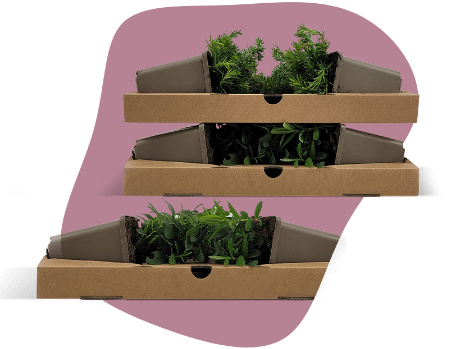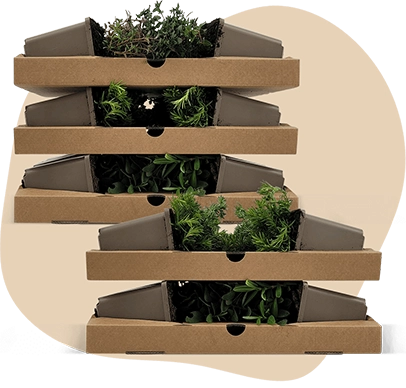Description
Stachys byzantina | Lamb's ear
The Stachys byzantina, commonly known as lamb's ear or woolly woundwort, is a delightful addition to any garden space. Originating from the Caucasus region to Iran, this plant is appreciated for its unique texture and appearance. Lamb's ear is particularly noted for its soft, velvety leaves that resemble the ears of a lamb, hence its common name. It thrives in well-drained soils and can adapt to various soil types, making it a versatile choice for gardeners.
With its silver and green foliage, Stachys byzantina is not only a visual treat but also adds a tactile experience to your garden. Although it is not evergreen, its foliage colors remain consistent from spring through autumn, ensuring a prolonged display of its captivating hues.
Key Features
- The Stachys is known for its upright to bushy growth habit, reaching an ultimate height of around 50 cm, ideal for creating texture in a garden border or group planting.
- During the summer months, it boasts a profusion of purple flowers that contrast beautifully against the plant's grey and silver-toned foliage and stems.
- Lamb's ear is not only a visual standout but also a practical choice for gardeners. This plant has average water needs and is not drought-resistant; regular watering will keep it flourishing.
- The woolly woundwort does not bear fruit, making it a purely ornamental choice that focuses on foliage and flower display.
- Its ability to adapt to both sunny and partially shaded locations allows for flexibility in garden design.
Tips
- For a garden with continuous interest, consider pairing Stachys byzantina with perennials that have contrasting leaf shapes and textures.
- To propagate and maintain the health of your lamb's ear, practice division during the spring or autumn months. This will encourage new growth and ensure your plants remain robust and vibrant.
- Keep in mind that while Stachys byzantina is adaptable to various soil types, it performs best in well-drained soil to prevent root rot.
- Regular pruning will not only promote a neater appearance but will also encourage denser foliage and more prolific blooming during the flowering months.
- Given that lamb's ear is not evergreen, you may wish to complement it with evergreen plants in your garden to maintain greenery during the colder months.































